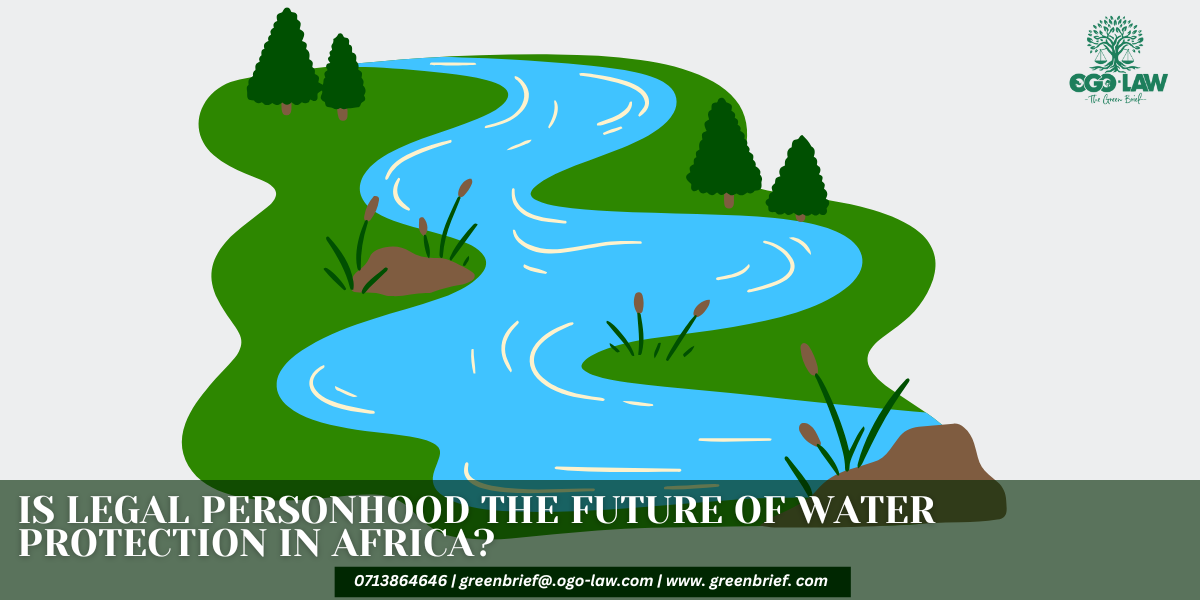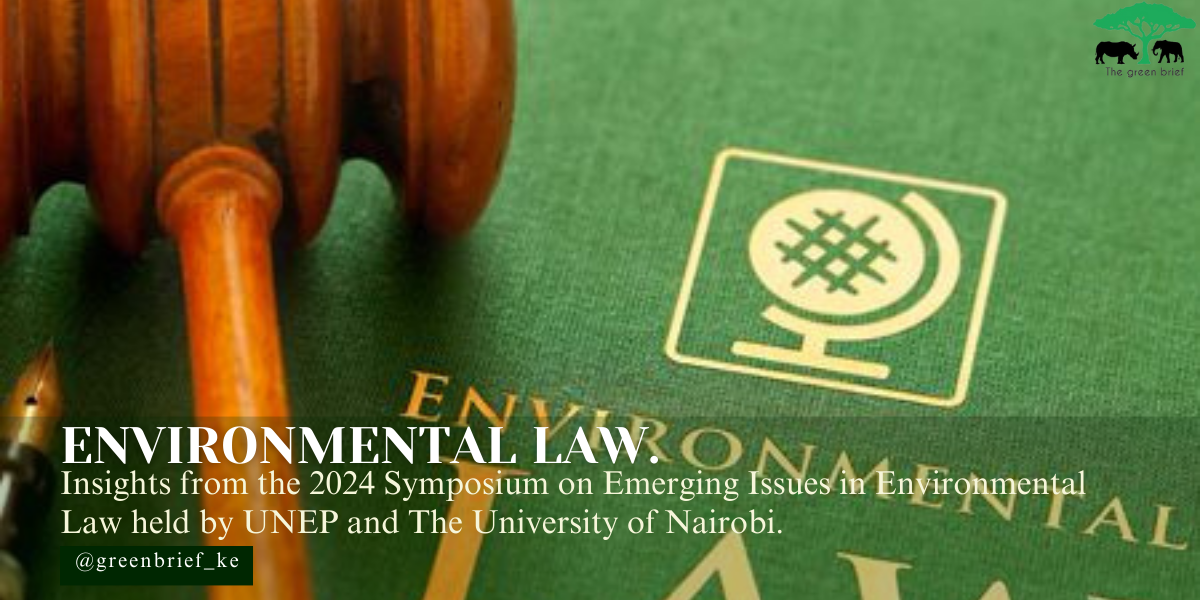The lifeblood of our continent, our rivers, are under immense pressure. Pollution, over-abstraction, and the encroachment on vital riparian lands threaten not just the water itself, but the communities and entire ecosystems that depend on it. Traditional environmental laws, which often treat nature as mere property or a resource for human exploitation, are clearly falling short in protecting these vital natural assets. A powerful global movement is now offering a radical, transformative solution: The Rights of Nature, a shift that recognizes rivers, forests, and other natural entities as legal subjects with intrinsic rights, not just objects for human use. This approach is the highest aspiration for communities, proposing to formally grant a river legal personhood, which means the river gains the right to exist, flow naturally, be free from pollution, and critically, to sue on its own behalf. Once personhood is granted, the law establishes a structure, often a board of guardians composed of community and expert representatives, to legally act in the best interests of the river’s health, much like the landmark case of the Whanganui River in New Zealand, which was recognized as a legal person, Te Awa Tupua. This legal declaration allows the community to define and enforce the river’s rights, ensuring any fines or compensation from polluters are used for its ecological restoration.
While full legal personhood may be a future goal requiring lobbying for new legislation, communities in Africa can already empower a river’s voice using the powerful clauses of existing legal frameworks, often referred to as “Green Constitutions.” In countries like Kenya, the Constitution’s Bill of Rights guarantees every person the right to a clean and healthy environment, a powerful provision that communities can use to pursue Public Interest Litigation against polluters or negligent government agencies, essentially speaking on the environment’s behalf in court by documenting and reporting the river’s degradation. Furthermore, communities must be meticulous in collaborating with regulatory bodies, such as the Water Resources Authority (WRA), to strictly enforce laws protecting the riparian reserve the vital buffer land along the riverbanks and demanding that all major development projects undergo rigorous and transparent Environmental Impact Assessments (EIAs). Any project that threatens the river’s health, or any development that encroaches on public riparian land, can be legally challenged as a breach of constitutional and statutory duty, forcing authorities to uphold the law.
The river’s voice is also expressed through local, community-driven governance structures that integrate the river’s intrinsic needs into everyday resource management decisions. The establishment and strategic utilization of Water Resource Users Associations (WRUAs) provides a legally recognized platform for a collective voice, allowing communities to monitor water quality, manage conflicts, and ensure the river’s ecological flow needs are prioritized over individual abstractions. Importantly, these local efforts are most powerful when they integrate Traditional Ecological Knowledge, formally including the spiritual and environmental wisdom of community elders into WRUA and County decision-making processes. This ensures that the river’s well-being is anchored not just in modern law, but in a deep-rooted, non-anthropocentric worldview. By actively organizing, enforcing existing environmental laws, and advocating for that ultimate goal of legal personhood, the organized, unified voice of the community becomes the most effective voice the river can ever have





